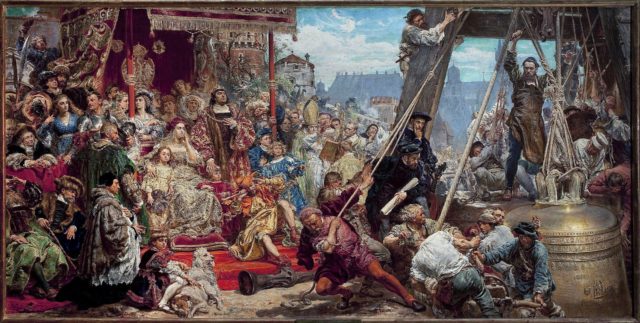Early Adulthood
The Polish-Lithuanian union brought vast Lithuania-controlled areas into Poland’s sphere of influence & proved beneficial for both the Poles & the Lithuanians who cooperated in one of the largest political entities in Europe. As the capital of one of the two ruling kingdoms & a member of the Hanseatic League the city’s economy flourished attracting many craftsmen and traders who established their businesses & formed their various guilds in Krakow.
Humanists, scientists & artists came from Italy, Germany & other European countries to work in the city commencing its Złoty Wiek (Golden Age). In 1477 the leading German wood-sculptor Veit Stoss came from Nurnberg to Krakow, to carve a large altar for St. Mary’s Basilica while the work that recommenced on the Wawel Castle after 1499 gave shape to a jewel of Renaissance architecture, with the Zygmuntowska Chapel being its most prominent feature.
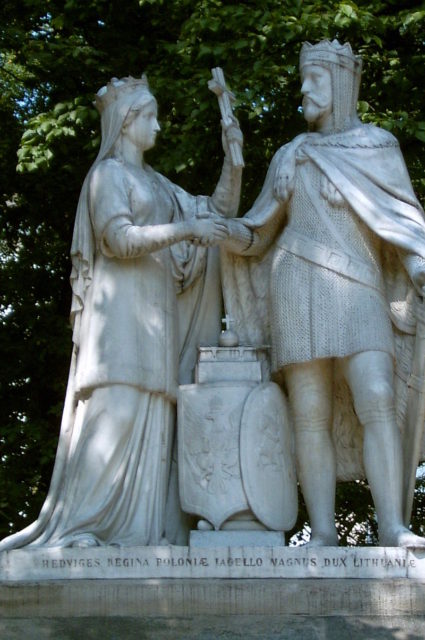

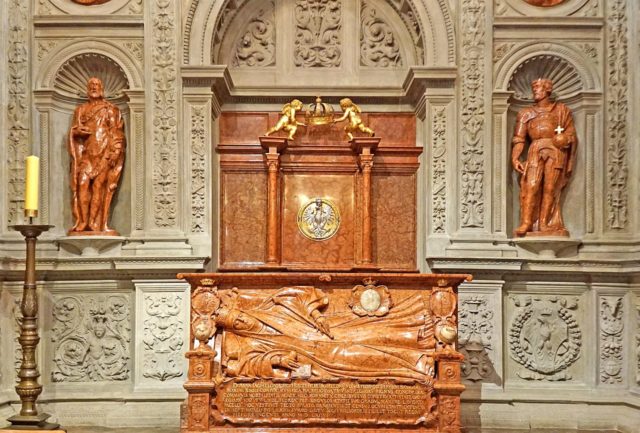
Krakow became the leading Renaissance city in Central Europe influenced by the movements in Italy, Germany & the Low countries. The first printing press along with the first paper mill are established in the thriving city in 1471 with the first work, the “Calendarium Cracoviense” (Krakowian Calendar) a single-sheet astronomical wall calendar for the year 1474 and Poland’s oldest known print, published in 1473.
At the same time, a colossal Renaissance figure named Nicolaus Copernicus attends the Jagellonian University of Krakow (1491 to 1495) making his first decisive steps in science, steps that would form the foundations of his knowledge in mathematical astronomy that would eventually make him immortal and change the history of human knowledge forever.
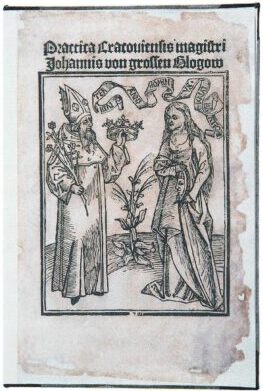
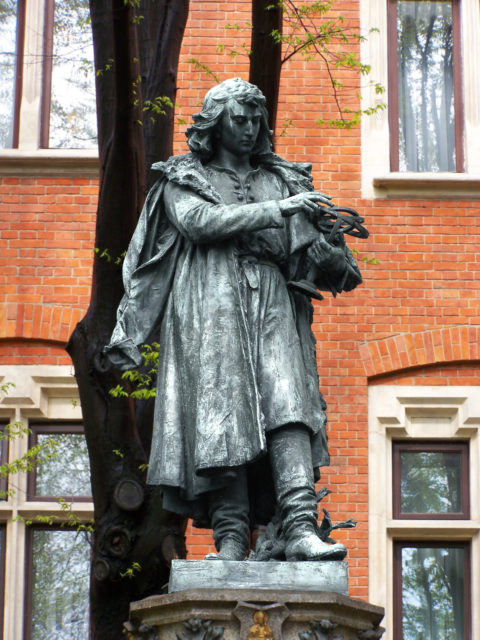
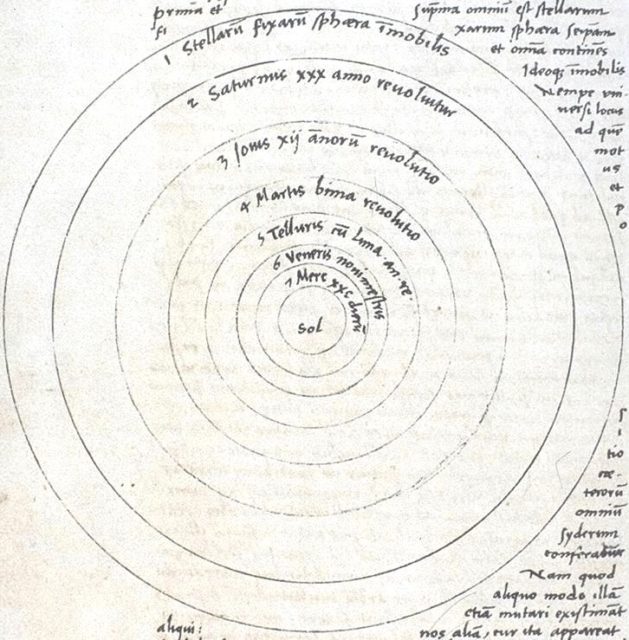
Democratic reforms implemented by the Polish Parliament & approved by King Alexander I Jagiellon (r. 1492 – 1506) in 1505, ushered in a period known as Golden Liberty (Złota Wolność) while policies promoting religious tolerance, unique in Europe at the time, helped the country avoid the turmoil spread across Europe during the first years of the Protestant Reformation.
Art & architecture experienced glorious days under Sigismund I the Old who ascends to the throne in 1507 and soon after married Bona Sforza of the prominent Italian Renaissance dynasty, a relation that brought the fruits of the most important cultural movement in Europe amid Krakow’s court.
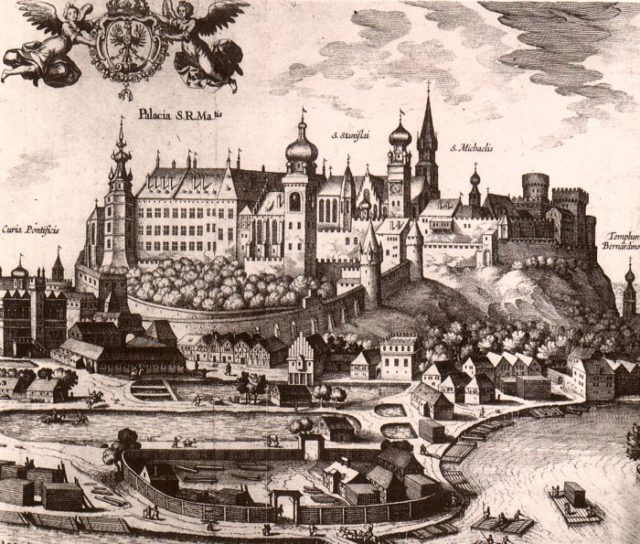
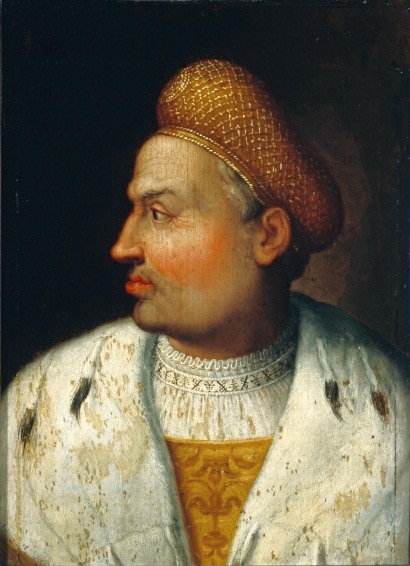

In 1520 the most famous church bell in Poland, weighing 13 tones, named after the King, the Sigismund bell hanging on the Wawel Cathedral, the Wawel Castle is renovated & the famous German painter Albert Dürer becomes the court painter.

